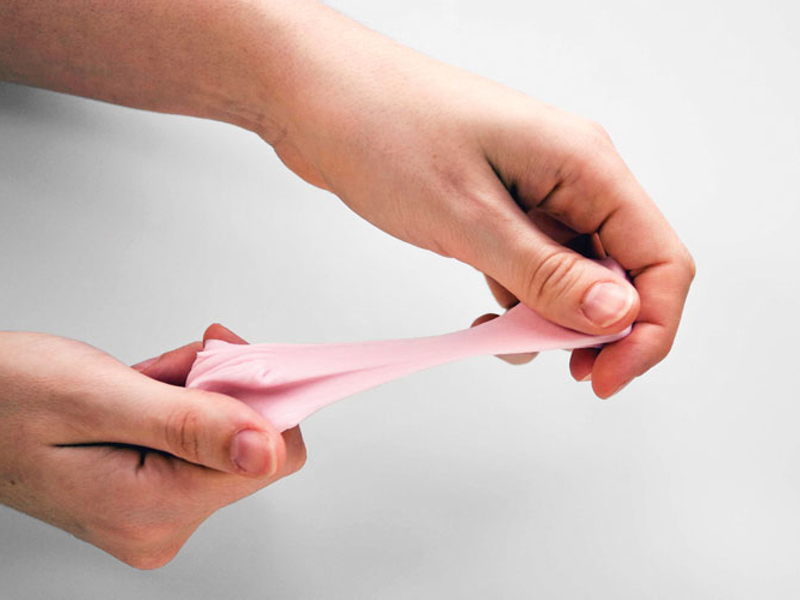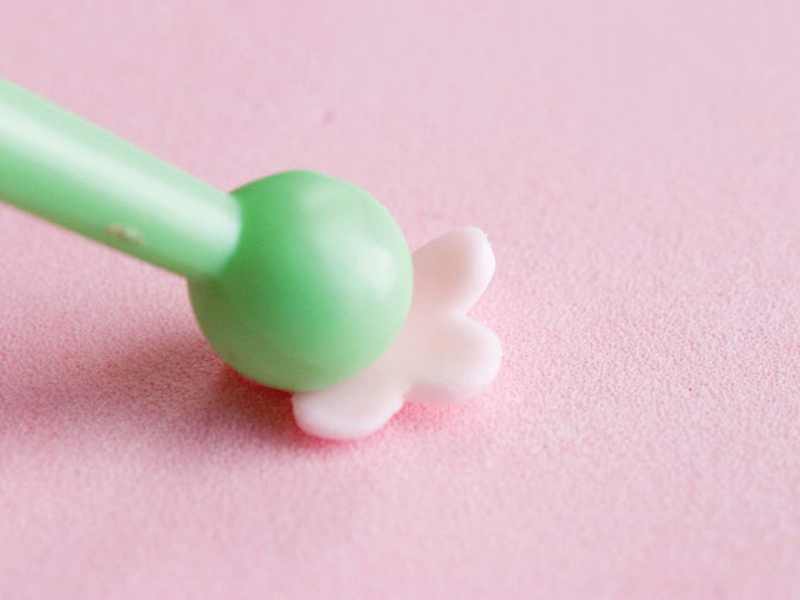It’s one of those wedding industry secrets: cake decorators charge a lot for sugar dough flowers, but in fact many aren’t that difficult to make. Elaborate, realistic flowers do take skill and practice, but even a novice can elicit “You made that?!” reactions with simple blossoms that will last almost indefinitely if kept cool and dry.
This sugar dough, known as gum paste, isn’t necessarily delicious, but it is edible. More importantly, it can turn any plain cake or cupcake into a feast for the eyes.















